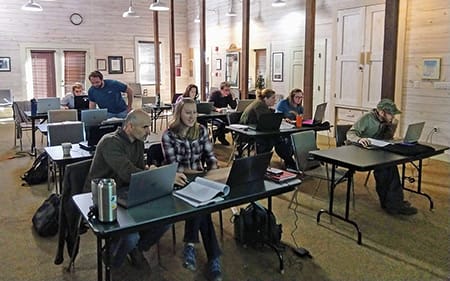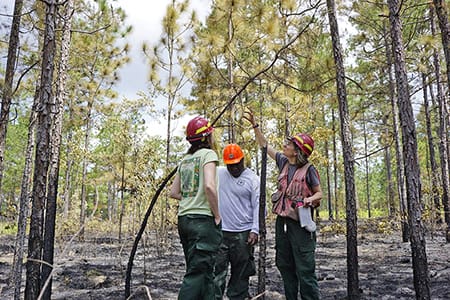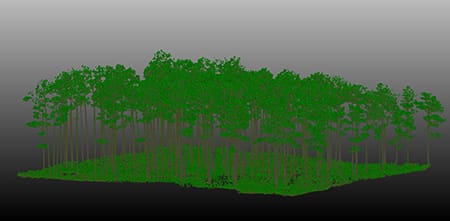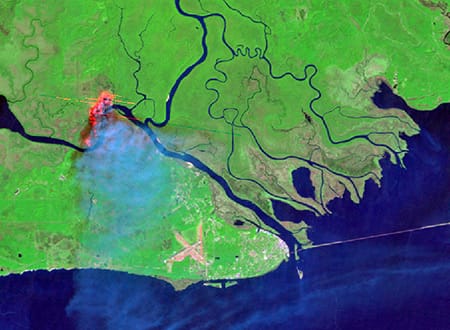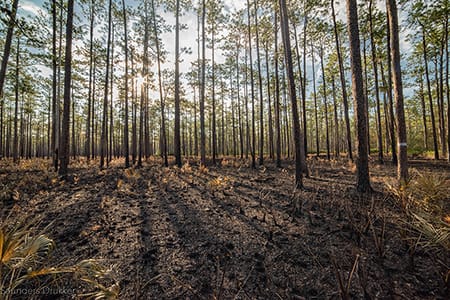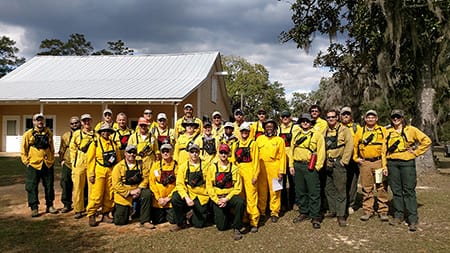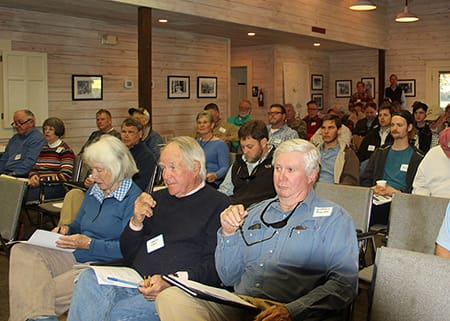Wild bobwhite quail translocation to four states could help to rebound populations that have shrunk over the last century because of habitat loss.
This spring, Tall Timbers’ Game Bird Program moved 320 birds from the Red Hills and Albany regions to properties in Alabama, Georgia, Texas and Virginia where researchers have been working closely with landowners to reestablish nearly 15,000 acres of quality quail habitat and rebuild populations across the birds’ historic range.
The project in Virginia was the first time Tall Timbers translocated birds there, and the move of 120 birds to East Texas is part of the Western Pineywoods Quail Program launched just two years ago.
“Here in the Red Hills and Albany, wild quail are thriving due to the dedicated land owners and managers who work to ensure that quality habitat exists year after year. However, across the rest of their historic range, wild quail haven’t been as fortunate,” said Tall Timbers Red Hills Game Bird Research and Extension Biologist Alex Jackson.
There are a number of reasons quail numbers have dwindled: habitat loss, focus on agriculture and silviculture, increase in predators and the abandonment of prescribed fire as a management tool.
Researchers work with landowners interested in seeing more quail to improve their habitat. Only those that are conducive to supporting a long-term, healthy population are considered for translocation.
Participating landowners agree to follow a Tall Timbers management plan and researchers work closely with state game agencies over the course of the translocation project.
The hope is that in five years, areas where quail once lived will again have a thriving, huntable population, roughly one bird per acre.

Quail were relocated from the Red Hills and Albany to properties in Alabama, Georgia, Texas and Virginia.
“Translocation is not a panacea,” Jackson said. “The only time we’ll consider a translocation is if landowners have done the work and the habitat is right. Wild quail are a delicate resource, so we want to make sure when we move them they’re going to be taken care of.”
Jackson said building a healthy quail population where they’ve all but vanished can build buzz around translocation and spark the use of beneficial land management practices in surrounding areas.
Tall Timbers is developing a full-time quail expansion biologist position with a focus on working with landowners outside the Red Hills and Albany with tools like translocation to jumpstart quail population restoration efforts. The Game Bird Program has regional quail programs in the Carolinas, Central Florida, Alabama and now the Pineywoods of East Texas, southern Arkansas and western Louisiana.
In East Texas, the ecosystem is similar to the Red Hills and Albany with clay soils and open pine savannahs, but the region has pretty much lost all of its wild quail population, said Brad Kubecka, Tall Timbers’ Western Game Bird Program Director.
The East Texas property where quail were translocated this year had previously lost all of its birds, but in 2020 Tall Timbers started working with the landowner on improving habitat.
The landowner reintroduced fire, began mulching and creating brood fields, all practices that are effective in the Southeast, and researchers began monitoring it as a possible site to move birds.
“Simply restoring habitat does not mean a population will respond if there is no population there to begin with. This is why translocation is important after habitat restoration in these regions that have lost their birds,” Kubecka said. “We’re using the data from these translocated birds to tell us whether our blueprint from the Red Hills and Albany can work here.”
The Texas translocation included 60 birds in January and another 60 in March. Kubecka said there is research to determine if moving birds a few months before the spring breeding season gives them a leg up when it’s time to start nesting.
The question is if slightly longer acclimation to the release site could in turn improve reproduction with earlier nesting and higher nesting rates. If comparable to March releases, this gives researchers more flexibility in translocating logistics. Researchers have already found quail nest bowls and are monitoring nine pairs that appear to be preparing to breed.
“The first three months after release are the hardest on quail,” Kubecka said. “In the first three months this year, we’ve had exceptional survival; 90% of our birds were alive. They were doing as well or better than our resident populations. That’s very encouraging.”








